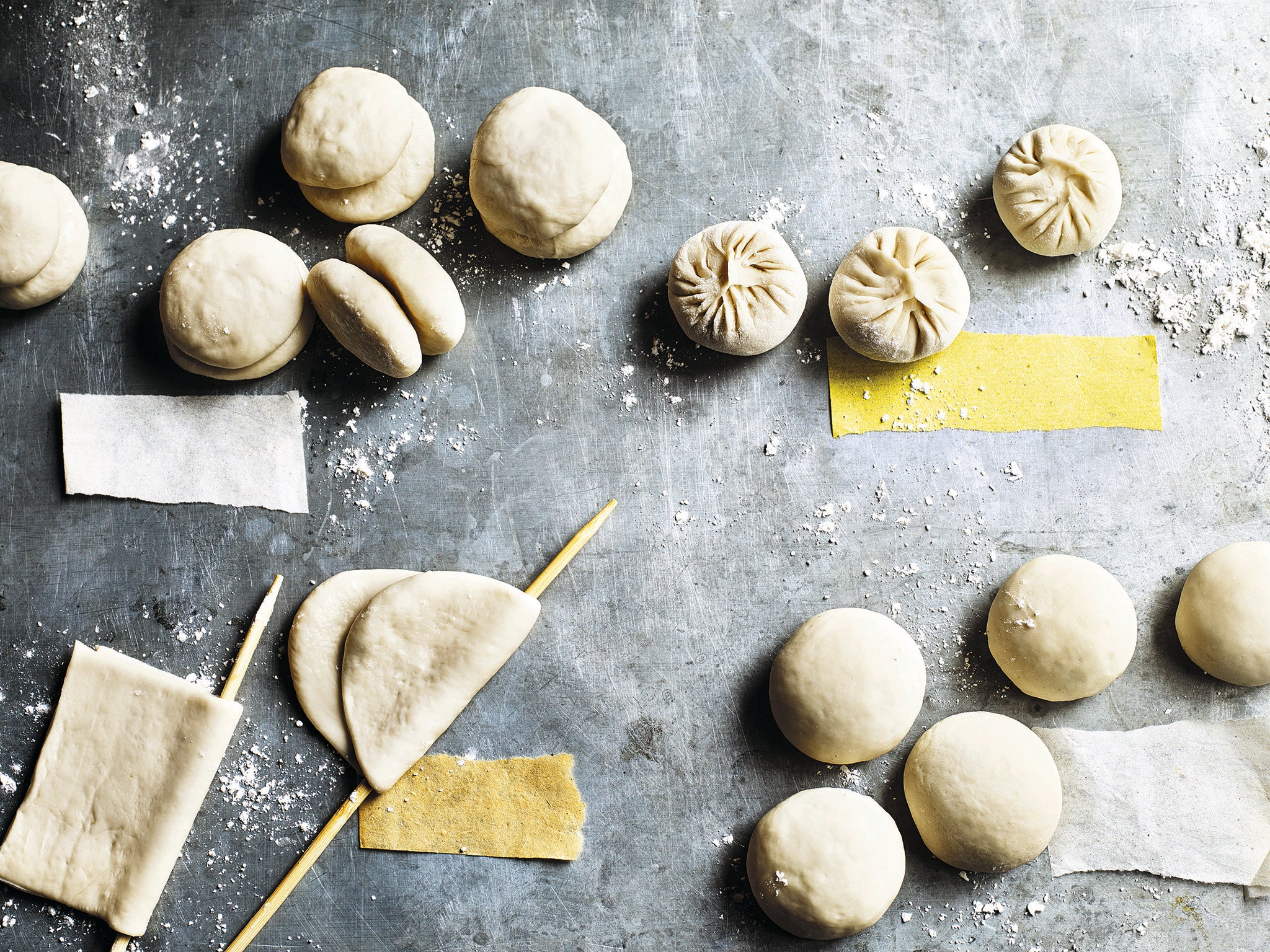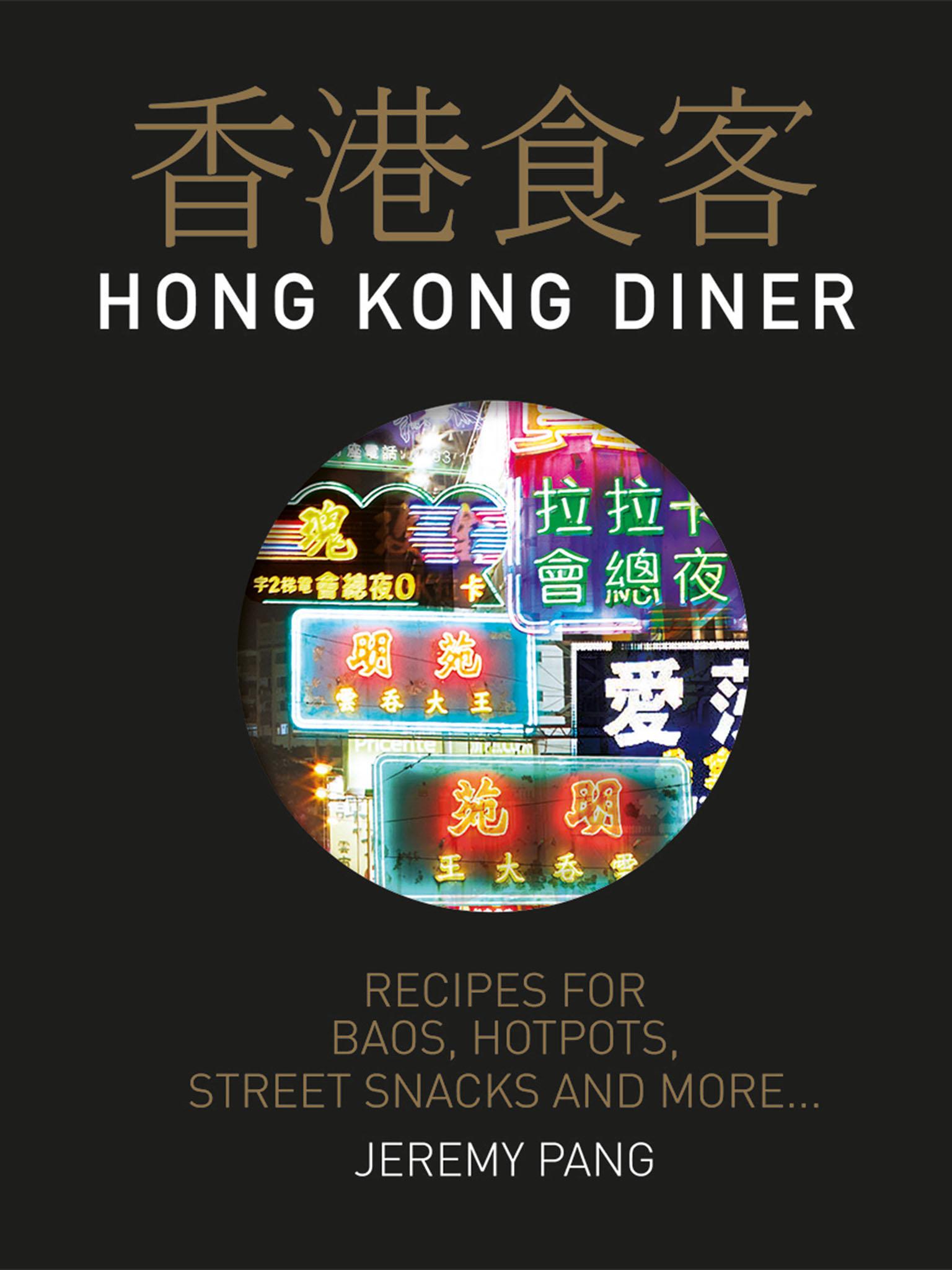How to make bao buns according to the School of Wok founder
It’s a traditional snack in Asia but still a relative newbie to UK plates. Jeremy Pang sets out how to make these wonderful doughy pillows at home

Your support helps us to tell the story
From reproductive rights to climate change to Big Tech, The Independent is on the ground when the story is developing. Whether it's investigating the financials of Elon Musk's pro-Trump PAC or producing our latest documentary, 'The A Word', which shines a light on the American women fighting for reproductive rights, we know how important it is to parse out the facts from the messaging.
At such a critical moment in US history, we need reporters on the ground. Your donation allows us to keep sending journalists to speak to both sides of the story.
The Independent is trusted by Americans across the entire political spectrum. And unlike many other quality news outlets, we choose not to lock Americans out of our reporting and analysis with paywalls. We believe quality journalism should be available to everyone, paid for by those who can afford it.
Your support makes all the difference.Steamed bao dough
Fluffy, pillowy white bao hit high streets across China, Hong Kong and Japan many, many years ago, but it wasn’t until recently that they became a mainstream street snack in the west. With our clear love of burgers and all things bread in Europe and the US, it’s no wonder these softer, slightly sweeter breads are so moreish for all palates, no matter where in the world you are from. The airy texture of bao is great for mopping up sauces but at the same time their firmness makes them the perfect bun to keep a sandwich together, even when doused in sauce. This simple bao dough recipe will get you going, but be warned, you might find yourself getting a little addicted to trying out different folds and spending a whole day just playing with the dough! It’s like playdoh but for (hungry) grownups.
The dry mix
530g middle-gluten wheat flour (swapsies: plain/all-purpose flour)
½ tsp salt
7g fast action dried yeast
40g caster sugar
15g baking powder
The liquid
50ml milk
200-250ml warm water (depending on how humid your room feels – if the air feels very dry you’ll want to add a little more water, but if it is very humid, a little less is required)
25ml vegetable or sunflower oil
Using a free-standing mixer fitted with a dough hook attachment (if available), pour in the dry mix ingredients. Mix the liquid ingredients in a measuring jug. Then slowly pour the liquid into the mixer while kneading on a low speed for around 2 minutes, until all the water is mixed into the flour. Once combined, turn the speed up to high for a further 2 minutes, until the dough has a smooth yet tacky feel to it.
Once the dough has been well kneaded, dust it with 2 tablespoons of flour, scraping off any additional dough on the sides of the bowl. Shape the dough into a rough ball, then coat it lightly with a tablespoon of vegetable oil, cover the bowl with a damp cloth and leave aside in a warm, preferably moist, draught-free location (such as inside a room-temperature oven) for 1-1½ hours.
Once the dough has doubled in size, you can make it into whatever shape you wish before steaming. Steaming time will vary between 8 and 15 minutes, depending on the shape and size of your finished buns (the thinner the bun, the shorter the steaming time).
Making bao shapes
This bao dough is classically a type of steamed bread dough that originated from northern China for making breads such as mantou (a pure steamed bread for mopping up sauces) or baozi (a filled steamed bread). It is a simple yeast dough that rises over time when proved at the right temperature, making it much easier to make than most people think. After the first 1½ hours of proving, the dough can be shaped into burgers, hirata buns, or even more classic dumpling shapes, to hold whatever filling suits you best. Here are some simple shapes to start with, followed by some delicious fillings you can use to mix and match your bao.
Hirata bao: the sandwich
Roll the proved bao dough out until completely flat and roughly 4mm in thickness, then cut into either rectangles or circles. If cutting circles, roll them out again once cut, to make elongated oval shapes.
Once all the shapes have been cut out, lightly brush the top of each pastry with a dab of vegetable oil. Place an oiled chopstick across the centre of each pastry and fold one side over the top to form a lip, then remove the chopstick. Once you have made the sandwich shapes, cover with a damp cloth and set aside to rest for 15-20 minutes. Your sandwich is now ready to steam. Steam for 8 minutes in a covered steam basket inside a wok half-filled with boiling water, without opening the lid, until cooked through and risen well.
Burger bao: the slider
To make a burger-shaped bao, roll the proved bao dough into a long cylinder, roughly 3-4cm in diameter, then cut the cylinder into 3-4cm thick pieces. Roll each piece of dough in your hands to form a smooth ball. Take a ball of dough and press down firmly with the palm of your hand to form a flattened circle. Brush with a little dab of vegetable oil, then place another piece of dough on top. Slightly dome or cup your hand and press down once more to form the two halves of your burger bun shape, the bottom bun being completely flat and the top being domed. Repeat until all the dough has been used. Once you have made your burger bao shapes, cover with a damp cloth and set aside to rest for 15-20 minutes. Your burger bao are now ready to steam. Steam for 8 minutes in a covered steam basket, inside a wok half-filled with boiling water, without opening the lid, until cooked through and risen well.
Rolling the dough
First, roll a third of the rested dough into a long cylinder, roughly 1.5cm thick, keeping the remainder of the dough covered so it doesn’t dry out. Cut the cylinder into 1cm chunks, then roll each piece of dough into a small ball and set aside. Dust a work surface with a good amount of plain (all-purpose) flour or medium-gluten wheat flour.
Take a piece of dough and push down on to it to form a small circle. With the dough still resting on the floured surface, using your left hand or non-dominant hand with your thumb and fingers underneath the edge of the dough, begin to turn the dough anticlockwise, with the base of the pastry sitting on the surface at all times. (I use my middle finger as the “hub’ to the wheel of pastry.)
While you are turning the pastry, using your right or dominant hand along with a small rolling pin with a relevant amount of force, roll inwards towards the centre of the forming circle, allowing the pressure to ease up when rolling outwards towards the edges of the circle. Turn the pastry clockwise with your non-dominant hand and continue this rolling process, eventually forming a small circle with a slightly thicker hump of dough in the middle of the pastry. This thickness will help to protect the filling from breaking through the thin pastry, keeping your dumpling perfectly intact.
Folding the dough – the money bag pleat
Place a teaspoon or so of filling in the centre of the dough. Holding the dough lightly in the fingertips of your non-dominant hand, hold your fingertips together to form a small cup or bowl.
Now, holding your thumb on the outside and towards the base of the pastry, carefully create pencil pleat after pencil pleat of pastry, one on top of each other, much like how a curtain folds when drawn along a rail, taking care not to rip the pastry, turning the bao slowly with your non-dominant hand so the pleats wrap around the entire dumpling.
Keep folding over each other until you get halfway around the pastry with your pleats, keeping your left thumb lightly over the top of the filling to keep it in the centre of your pastry and stop it falling out.
Once you have reached halfway, tilt your non-dominant hand, the one that is holding the pastry, slightly upwards, as if giving yourself a thumbs up while staring at the inside of your fingertips.
Now continue with the pencil pleats, using your dominant thumb and index finger, by twisting into the pastry and continuing to pinch the outside together to form the pleats. Continue with the pleat until you get to the end of your pastry, then twist into the top of the pastry once or twice and pinch the centre of the dough together to seal the bao and make the “money bag” shape.

If you get this far, give yourself a pat on the back and repeat until you have used all the dough. Once you have made the traditional bao shapes, cover with a damp cloth and set aside to rest for a further 15-20 minutes.
Your baos are now ready to steam. Steam for 8 minutes in a covered steam basket, inside a wok half-filled with boiling water, without opening the lid, until cooked through and risen well.
Hong Kong Diner by Jeremy Pang (Quadrille, £15) Photography Kris Kirkham
Join our commenting forum
Join thought-provoking conversations, follow other Independent readers and see their replies
Comments